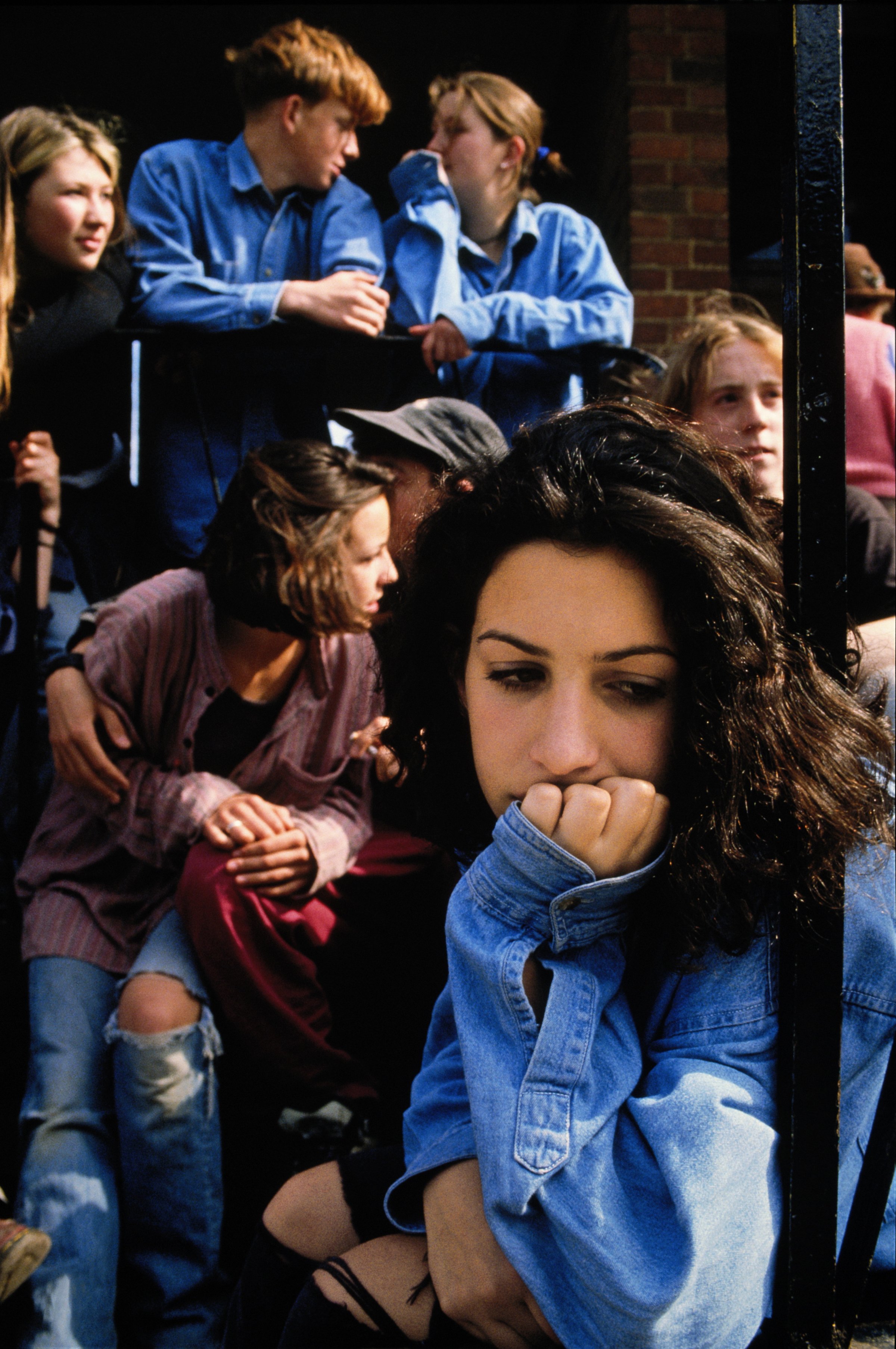
We’ve all seen the movie where the nerdy teenager gets a makeover and joins the cool crowd—and with it comes a huge sigh of relief that he or she will no longer be picked on. Well, it turns out that real life is a lot more complicated.
In a surprising finding, a new study suggests that becoming more popular actually increases the chances of getting bullied.
“Most people probably would not think that having a higher social status would increase the risk of being targeted, but with few exceptions that’s what we’ve found,” says Robert Faris, an associate professor of sociology at the University of California at Davis and lead author of the study. “It’s kind of a hidden pattern of victimization that’s rooted in the competition for social status.”
The study, published in the April issue of the American Sociological Review, also found that moving up the social hierarchy and becoming more popular intensified the negative consequences of being victimized—a “higher you fly the harder you fall” scenario.
The study’s authors used data from an existing longitudinal survey of adolescents at 19 public schools in North Carolina. They focused on 4,200 eight, ninth- and tenth-graders who participated in the survey during the 2004-2005 school year. Faris and his co-author, Pennsylvania State University sociologist Diane Felmlee, determined the popularity of students based on how central they were in their school’s web of friendships. And they measured victimization by analyzing interviews where students were asked to name up to five classmates who picked on them or were mean to them, and also to identify up to five peers who they were mean to or picked on.
The findings were applicable to both boys and girls, but popular girls were more likely to be victimized—especially those who were dating. Girl-on-girl aggression was the most common, followed by boy-on-boy aggression. The study also found that boys pick on girls more often than girls pick on boys.
It’s not uncommon for teenagers to jockey for social position—and in doing so to use the age-old strategy of knocking others down the ladder as they attempt to make their way up. For teens in the middle of their school’s social hierarchy—the 50th percentile—moving up the social ladder to the 95th percentile increased their chances of being bullied by 25%.
“The climb to the top of the social ladder can be painful,” Faris says.
The only kids immune to victimization—at least most of the time—were the top 5% of super popular adolescents. “They don’t need to torment their peers in an effort to climb up the social ladder because they are already at the top,” Faris says. “And they aren’t being victimized because they are out of reach and have no rivals. The very top rung offers a safe perch above the fray.”
In the rare instances when those in the top 5% are targeted, the negative consequences are magnified. The researchers found that the more popular the victims are, the more depression, anxiety, anger and social marginalization they experience. “This may be because popular students feel like they have more to lose” Faris says.
Given the study’s findings, Faris says that the ways in which most schools try to curb bullying are missing a critical piece of the problem. Bullying prevention programs, he notes, tend to be designed to address social skills deficits, empathy shortages and impulse control. All of these are important, given that kids with body-image issues, delayed physical development or severe social awkwardness are, in fact, often victims of bullying. But this focus fails to recognize the large group of teenagers whose bullying is reflective of a kind of “social combat” in which they are vying for popularity.
One way that schools can help, Faris says, is to take the emphasis off of “social status hierarchies” that are fostered by celebrating one or two activities, like football or cheerleading. Instead, if more kinds of activities were valued—such as debate, theater, or chorus—a broader array of friendships rooted in common interests might thrive. Those friendships might also turn out to be more solid than what is typically found among teens grasping for popularity.
Indeed, Faris says that he was struck by how shallow and fleeting friendships among those in the study were.
“There are too many weak ties and not enough strong ties,” he says. “Kids would be better off leaving high school with a few life-long friends rather than 200 Facebook friends.”
More Must-Reads from TIME
- Donald Trump Is TIME's 2024 Person of the Year
- Why We Chose Trump as Person of the Year
- Is Intermittent Fasting Good or Bad for You?
- The 100 Must-Read Books of 2024
- The 20 Best Christmas TV Episodes
- Column: If Optimism Feels Ridiculous Now, Try Hope
- The Future of Climate Action Is Trade Policy
- Merle Bombardieri Is Helping People Make the Baby Decision
Contact us at letters@time.com